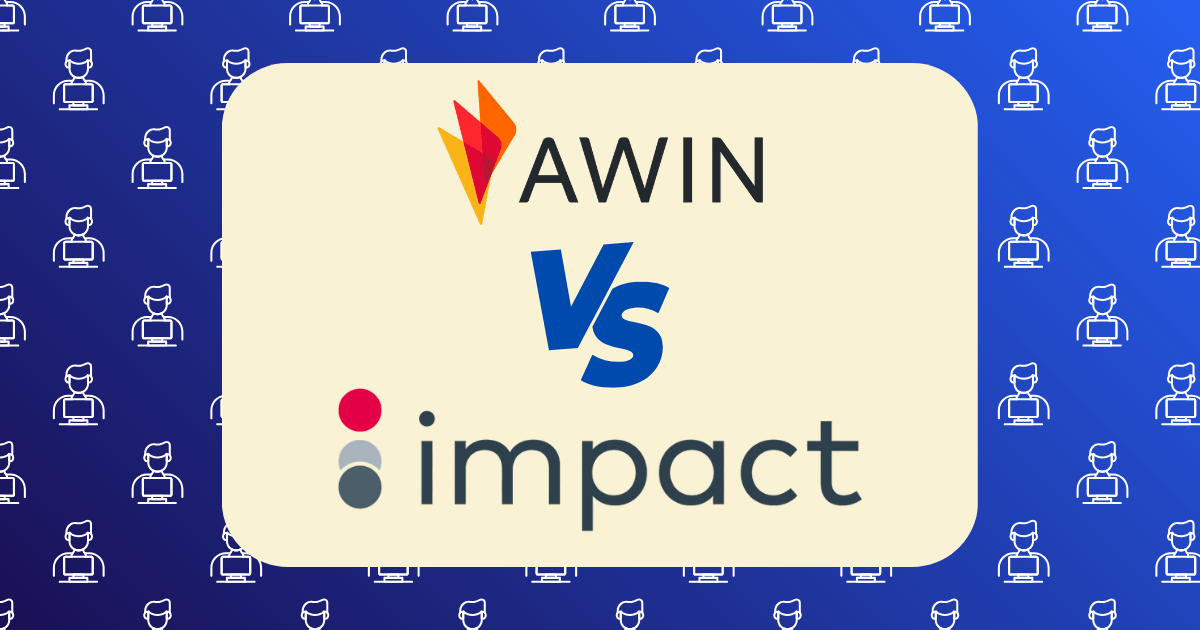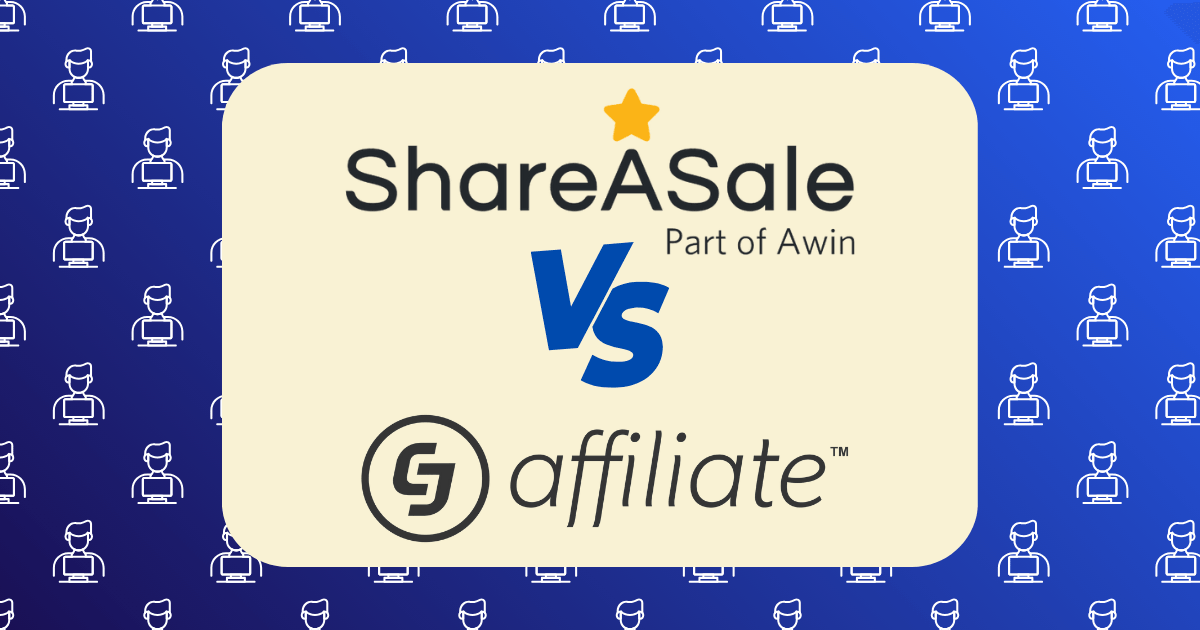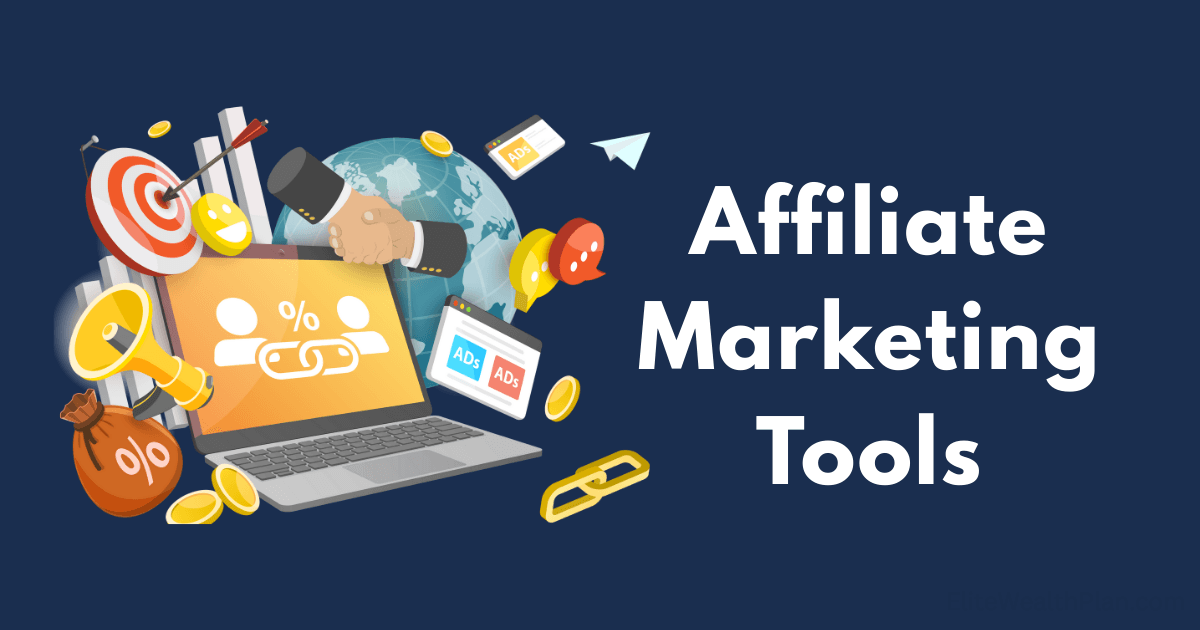Affiliate Program Selection Criteria: How to Spot Programs That Will Actually Make You Money

Let’s cut through the noise. There are thousands of affiliate programs out there, all promising hefty commissions and life-changing income. Yet most affiliates struggle to make more than pocket change. Why? Because they’re choosing the wrong programs.
I’ve been there—signing up for every shiny new affiliate program that crossed my path, only to waste months promoting products that barely converted or paid peanuts when they did. It’s a frustrating cycle that too many marketers get trapped in.
The Hard Truth About Affiliate Program Selection
Here’s what nobody tells you: a program offering 50% commission can be less profitable than one offering 10%. A brand name everyone recognizes might convert worse than a niche product nobody’s heard of. And that affiliate manager who promised you the world? They might disappear the moment you need support with a tracking issue.
The difference between affiliate marketing success and failure often comes down to program selection. Let’s dive into what actually matters when evaluating affiliate opportunities.
1. Commission Structure: Beyond the Percentage
The first number everyone looks at is the commission rate. But smart affiliates dig deeper.
What to Analyze:
- Commission Model: Revenue share, CPA, hybrid? According to Shopify, revenue sharing remains the most common model, but CPA might make more sense depending on your traffic.
- Tiered Commissions: Do rates increase with performance? This can significantly boost earnings as you scale.
- Lifetime Value: Are you getting one-time payments or recurring commissions? SaaS programs like Semrush offer recurring commissions that build passive income over time.
- Commission Caps: Some programs limit your earnings per customer or month. These caps can devastate your profit potential.
Red Flags: Suspiciously high commissions (often masking conversion problems), frequent commission structure changes, or unclear terms about what actions qualify for payment.
2. Conversion Potential: Will Your Traffic Actually Buy?
A 50% commission means nothing if nobody converts.
What to Analyze:
- Conversion Rate Data: Good programs share this information. Anything under 1% needs strong justification.
- Average Order Value: Higher AOVs can compensate for lower conversion rates.
- Sales Funnel Quality: Test the buying process yourself. Clunky checkouts kill conversions.
- Price Point Alignment: Does the product price match what your audience can afford? Research from CJ Affiliate shows that misalignment here is the #1 reason for poor performance.
Pro Tip: Ask the affiliate manager for EPC (earnings per click) data specific to your traffic type. Generic EPCs can be misleading.
3. Cookie Duration and Attribution
The tracking infrastructure of an affiliate program directly impacts your bottom line.
What to Analyze:
- Cookie Length: 30+ days is standard, but some programs offer as little as 24 hours. Longer is better, especially for products with extended consideration periods.
- Attribution Model: First-click vs. last-click makes an enormous difference. First-click attribution rewards you for introducing customers to the brand.
- Cross-Device Tracking: With users switching between devices, programs without cross-device tracking might be missing 20-40% of your referrals.
- Commission Leakage: Test for scenarios where your commission might get lost (coupon codes, cart abandonment emails, etc.).
According to Search Engine Journal, inadequate tracking causes more lost commissions than any other factor.
4. Program Reputation and Merchant Reliability
Nothing kills your affiliate income faster than partnering with unreliable merchants.
What to Analyze:
- Payment History: Do they pay on time, every time? Check affiliate forums for complaints.
- Program Longevity: New programs have high failure rates. Established programs offer more stability.
- Affiliate Manager Responsiveness: Send a test question. If they take more than 48 hours to respond, run.
- Merchant Financial Health: Are they funded, profitable, and growing? Struggling merchants often delay or reduce affiliate payments.
Red Flag: Programs that frequently change their terms or commission structures often do so because they’re struggling financially.
5. Audience Alignment: The Most Overlooked Factor
The perfect affiliate program for someone else might be terrible for you.
What to Analyze:
- Audience Demographics: Does the product serve the same demographic you attract?
- Content Compatibility: Can you create genuine, valuable content around this product?
- Promotional Restrictions: Some programs have strict limitations on promotional methods or keywords.
- Competitive Landscape: How many other affiliates target your exact audience with this offer?
6. Promotional Support and Resources
The best programs invest in your success.
What to Analyze:
- Creative Assets: Quality banners, email templates, and product images save time and improve conversion.
- Affiliate Education: Do they provide case studies, webinars, or strategy guides?
- Custom Landing Pages: Can they create tailored landing pages for your specific audience?
- Promotional Calendars: Advance notice of sales and special offers allows for better campaign planning.
According to Impact’s affiliate marketing report, affiliates who utilize merchant-provided resources earn 31% more on average.
7. Payment Terms and Thresholds
Even great conversions don’t matter if you can’t access your earnings.
What to Analyze:
- Payment Schedule: Monthly is standard, but some programs pay quarterly or have 60+ day waiting periods.
- Payment Threshold: Lower is better. High thresholds ($100+) can trap your earnings.
- Payment Methods: Ensure they offer options that work for your location and situation.
- Return/Chargeback Policy: How do returns affect your commissions? Some programs claw back commissions for returns even months later.
8. Growth Potential: Can This Program Scale?
The best affiliate programs grow with you.
What to Analyze:
- Product Range: More products = more promotion opportunities.
- Upsell Potential: Programs with natural upsells increase customer lifetime value.
- Exclusivity Opportunities: Can top performers negotiate better rates or exclusive promotions?
- International Markets: If you have global traffic, check if the program accepts international customers.
Real-World Application: Evaluation Framework
Don’t trust gut feelings. Score potential programs objectively:
- Commission Structure: Score 1-10 based on rate, model, and payment terms
- Conversion Potential: Score 1-10 based on conversion data and funnel quality
- Tracking & Attribution: Score 1-10 based on cookie duration and tracking robustness
- Merchant Reliability: Score 1-10 based on reputation and payment history
- Audience Alignment: Score 1-10 based on fit with your specific audience
- Support & Resources: Score 1-10 based on available promotional assets
- Payment Terms: Score 1-10 based on frequency, thresholds, and methods
- Growth Potential: Score 1-10 based on scalability and opportunity
Multiply each score by its importance weight (you decide what matters most to you), then add them up. Programs scoring under 60 points rarely justify your time and effort.
The Bottom Line: Quality Over Quantity
Success in affiliate marketing doesn’t come from joining dozens of programs. It comes from carefully selecting a handful of high-quality programs that align with your audience and business model.
Remember: The best affiliate program isn’t necessarily the one with the highest commission rate—it’s the one that makes you the most money while respecting your time and audience.
What criteria do you prioritize when selecting affiliate programs? Have you had success with programs that broke some of these “rules”? Share your experiences in the comments below.







